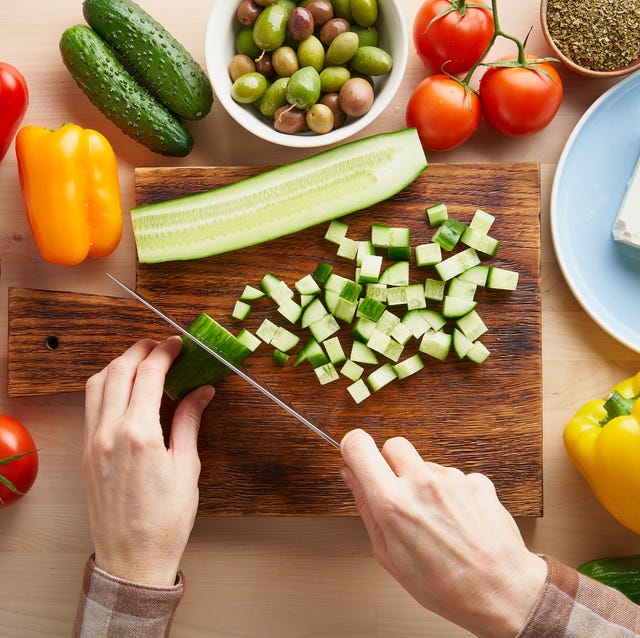12 Best Low-Carb Vegetables – High-Fiber Vegetables Low in Carbs

Natalia Gdovskaia / EyeEmGetty Images
Whether you follow a keto diet, a low-carb diet for weight loss, or just feel better cutting down on carbs (though we’d recommend avoiding a no-carb diet!), there are so many reasons someone may choose to follow a low-carb diet. When planning your low-carb snacks and low-carb meals, it’s essential to pack in the best low-carb vegetables for the most satiety, fiber, and nutrients. We chatted with experts to see what best low-carb vegetables you can add to your diet, stat.
What are low-carb vegetables?
There are three types of vegetables we usually refer to when talking low-carb, says Lauren Harris-Pincus, M.S., R.D.N., author of The Everything Easy Pre-Diabetes Cookbook and owner of Nutrition Starring YOU. Low-carb veggies are non-starchy, like kale, spinach, and cucumbers, higher-carb veggies are starchy vegetables that have a higher calorie level, like corn, peas, and potatoes, and then there are somewhere in between vegetables, like root veggies and winter squash, which are lower in carbs than the higher-carb vegetables. But, she says it’s important to remember that all vegetables provide really great nutrition and can have a place in your diet.
“The vegetables we typically refer to as low-carb are non-starchy vegetables. They’re high in vitamins, minerals, and fiber, without excess calories,” adds Mary Ellen Phipps, M.P.H., R.D.N., L.D., author of The Easy Diabetes Desserts Cookbook.
She advocates incorporating low-carb vegetables into your diet to “fill that vegetable component” of your meals for a balanced plate and to add extra fiber into your day. After all, every good low-carb diet also incorporates high-fiber foods.
What is a low-carb diet?
A low-carb diet is based on the individual, but typically, the minimum carbohydrates you should have in a day are 130 grams, Phipps says. She encourages anyone looking to follow a low-carb diet to work with their doctor or dietitian to ensure they’re following a realistic and healthy eating plan before trying something new.
When following a low-carb diet, Phipps says finding balance is the main priority. Focus on fiber and protein sources that contribute some form of fat to keep you full and energized. She warns against consuming too much fat—or bland vegetables and proteins without any fat at all.
Phipps notes that a low-carb diet isn’t something that has to be done long-term. For some, like those who have endometriosis, polycystic ovarian syndrome, or diabetes, a low-carb diet may alleviate some symptoms or make you feel better. If this is the case for you, and you’ve cleared your diet changes with your doctor or registered dietitian, then it’s totally okay to continue following a low-carb diet.
And though experts helped us put together a list of the best low-carb veggies, Harris-Pincus says, the most important thing to understand is that any vegetable is a good thing. Phipps adds that simply finding the vegetables that bring the best flavor and texture based on your preferences is a great goal to have. Here, they share their favorite low-carb veggies to try.
This content is created and maintained by a third party, and imported onto this page to help users provide their email addresses. You may be able to find more information about this and similar content at piano.io
